SUMMARY
This is AI generated summarization, which may have errors. For context, always refer to the full article.
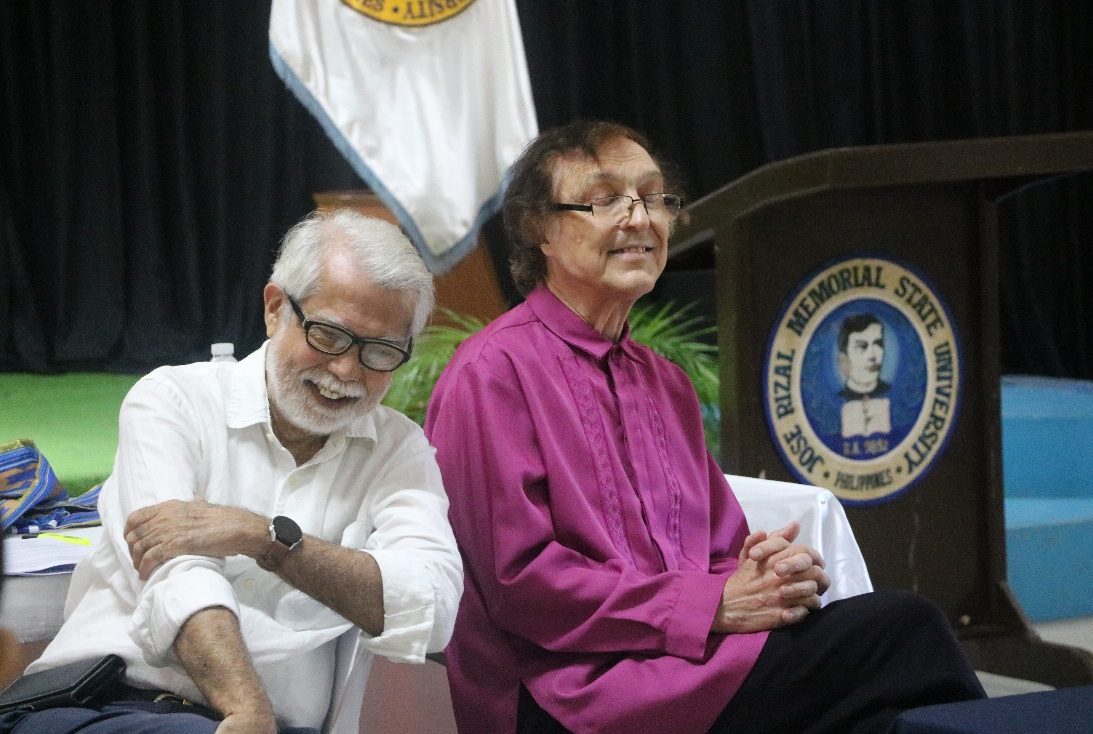
DAPITAN, Philippines – Historians and Dapitanons have called on the National Historical Commission of the Philippines (NHCP) to correct the historical record about the arrival of fleeing remnants of explorer Ferdinand Magellan’s expedition in Zamboanga del Norte after the Battle of Mactan in the Visayas.
They asserted that the arrival took place in Dapitan City, not in Labason town in Zamboanga del Norte, where the government recently erected a historical marker.
In 2021, NHCP placed historical markers at 34 sites across the country where the Magellan expedition, later commanded by Juan Sebastian Elcano, went. Magellan was killed in the fierce 1521 battle.
One of the markers was installed in Barangay Kipit, reportedly based primarily on the account of Magellan’s chronicler, Antonio Pigafetta. In his diary, Pigafetta stated that their first stop from Cebu and Bohol was in a place he called “Cippit,” which he described as the location of a large river mouth.
German historian Karl-Heinz Woinzek presented his research on the Magellan-Elcano expedition last Friday, June 30, at the Jose Rizal Memorial State University (JRMSU) in Dapitan. He concluded that Pigafetta was actually referring to Dapitan when he mentioned “Cippit.”

“We will ask NHCP to rectify this little part of their Magellan-Elcano expedition’s historical account. I believe we, Dapitanons, are one on this,” said Dapitan Vice Mayor Al Sy in an interview with Rappler.
Some 50 historians, academics, students, local officials, and residents attended Woinzek’s symposium, which was hosted by the local government, Jose Rizal Memorial State University, and George Aseniero, the grandson of Jose Rizal’s student, Jose Aseniero, in Dapitan.
Ignored
Several weeks before the 500th anniversary of the Magellan-Elcano expedition’s arrival in the Philippines on March 16, 2021, four historians – Javier Galván, the Spanish cultural attaché to the Philippines; Spanish Tomas Manzon; George Aseniero; and Woinzek – visited NHCP to refute the claim that “Cippit” is located in Barangay Kipit, Labason.
“Sad to say, we were ignored by the NHCP, which gave more weight to the name rather than on our arguments,” Aseniero said.
Woinzek said he would continue to assert their position, emphasizing that it would have been impossible for the remaining ships of the Magellan-Elcano expedition, the Victoria and Trinidad, to sail overnight from Bohol and reach Labason, a distance of approximately 200 kilometers.
“It is likely though that the Victoria and Trinidad reached Dapitan, which is 80 kilometers from Bohol, in an overnight voyage,” Woinzek explained.
Magellan began the expedition in 1519 with five ships, but after the Battle of Mactan, the Spanish only had three ships left.
With only around 100 men remaining, Elcano ordered the burning and sinking of their ship Concepcion off Bohol on May 4, 1521. The sailors and provisions from the Concepcion were then distributed to Victoria and Trinidad.
‘Cape of Mindanao’
Woinzek also cited Swiss Oscar Koelikker’s 1912 work, which stated, “Pigafetta’s Cippit is Dapitan,” based on original manuscripts from survivors of the Magellan-Elcano expedition.
These manuscripts included Francisco Albo’s nautical logbook (navigator of the Victoria), Juan Bautista Poncevera’s Roteiro (route map), Dante Barbosa’s voyage notes, Maximillan Transilvanus’ letters (secretary to Roman Emperor Charles V, who sailed with Magellan’s group), and Pigafetta’s diary and charts.
Furthermore, Woinzek noted that Koelikker discovered that “Cippit” was the name early sailors used for the entire Mindanao. Therefore, in the absence of Dapitan’s name during that time, Pigafetta used “Cippit” to refer to the country’s second largest island.
Woinzek stressed the need to analyze factors such as the distance, ship speed, time, and Pigafetta’s descriptions of the land and islands to determine the precise location where the remnants of the Magellan-Elcano expedition dropped anchor in Mindanao.
He referred to Pigafetta’s note that along their journey, he spotted three islands – now known as Apo, Selinog, and Aliguay – before reaching “Cippit” in the vicinity of the “Cape of Mindanao.”
Aseniero, for his part, asserted that the “Cape of Mindanao” or “Heart of Mindanao” is presently Barangay Tag-ulo in Dapitan. This is the first point sailors can see when navigating from the Visayas to Mindanao, he pointed out.
“I am convinced by Woinzek’s assertion for if indeed Cippit is Barangay Kipit in Labason, then Pigafetta would have entered in his diary that they saw four islands because there is another island fronting Barangay Kipit named Bayangan,” a participant at the symposium said.
Regarding Pigafetta’s note that they anchored in “Cippit” for seven days, Aseniero pointed out that the Victoria and Trinidad ships would have found safety by anchoring off Dapitan Bay, which is a natural harbor.
“Barangay Kipit in Labason is not a harbor. It is vulnerable to habagat (Southwest monsoon) and amihan (Northeast monsoon) and sailors would never drop anchor in that place, especially for more than one day,” Aseniero said.
He said that even now, vessels seek refuge in Dapitan Bay during typhoons.
Dapitan mission base
Aseniero said Pigafetta wrote about accompanying a local king, most likely from the Subanen tribe, in boats and paddling 12 kilometers upriver until they reached a settlement on a plateau.
He noted that this settlement, now called Barangay Ilaya in Dapitan, became the Spanish colonizers’ first mission base more than 40 years after the Magellan-Elcano expedition, branching out from the main mission area in Dapitan.
“Woinzek and I also went to Barangay Kipit, and residents said there is neither a settlement nor traces of human activity 12 kilometers upstream,” Aseniero said.
Vice Mayor Sy said the arguments presented by Woinzek and Aseniero were compelling, and proposed a statue of Pigafetta to be erected near the mouth of the Dapitan River. – Rappler.com
Add a comment
How does this make you feel?
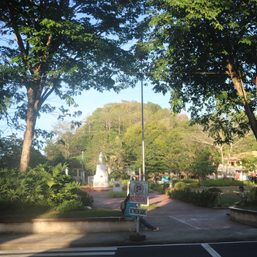
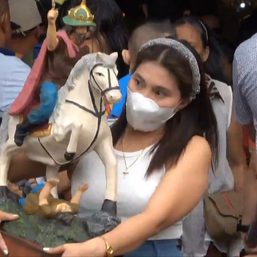
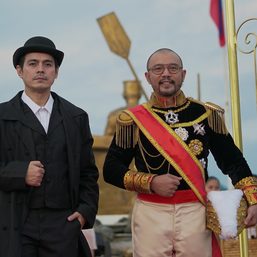
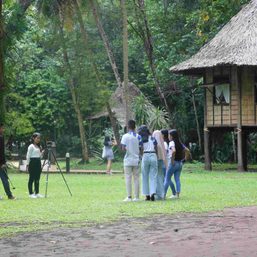
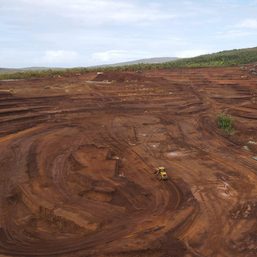
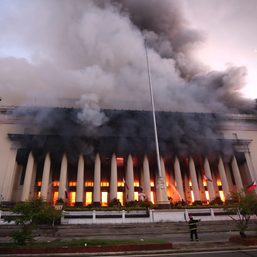

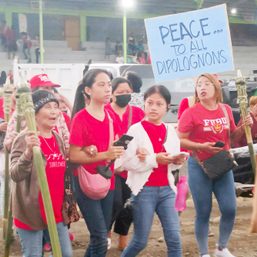



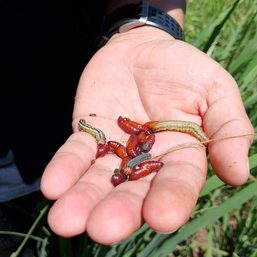

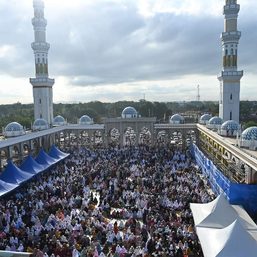
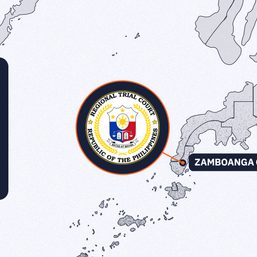

There are no comments yet. Add your comment to start the conversation.